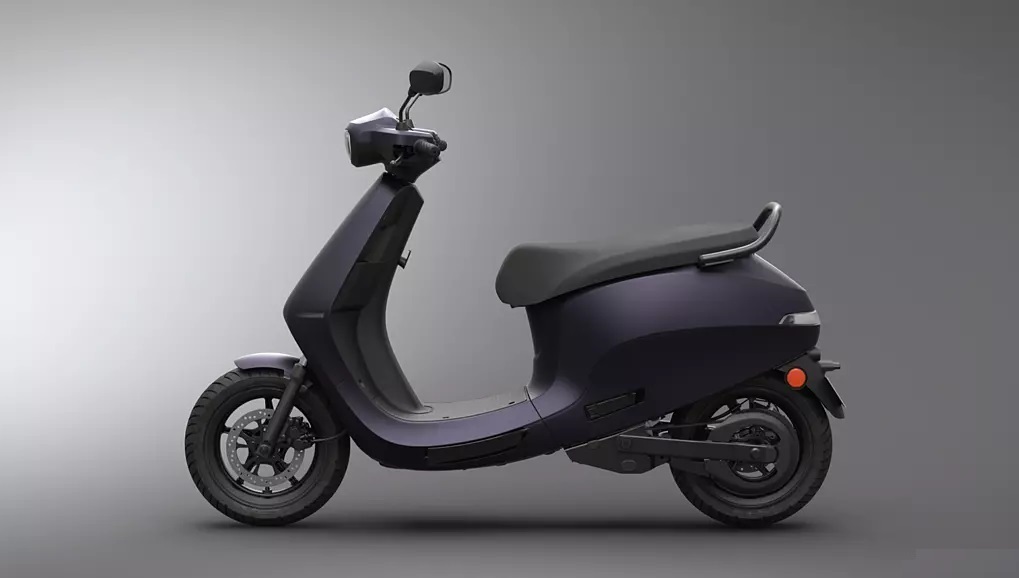India, a country rich in cultural and historical heritage, is currently experiencing a revolution in transportation. At the forefront of this transformation is the increasing popularity of electric scooters, electric bicycles, or e-bikes. The reasons behind this phenomenon are multi-faceted, ranging from environmental concerns to economic factors and evolving urban lifestyles.
One of the primary reasons for the rise of electric scooters in India is the growing environmental awareness among the populace. With the worsening air quality in many Indian cities, individuals are looking for alternative modes of transportation that are not only cost-effective but also environmentally friendly. E-bikes, which emit zero emissions, are a perfect fit in this context. They not only reduce carbon footprints but also help improve air quality, leading to a more sustainable future.
India’s ranking as the world’s most populous country means it has a huge consumer market, especially for daily transportation needs like electric scooters. Mature electric bicycle manufacturing technology provides product supply guarantee for the rapid growth of electric bicycles. Electric bicycles generally consist of electrical systems, control systems, decorative parts, body parts, and accompanying accessories. The frame, battery, motor, controller, and charger are the core components. After years of development, the upstream industries such as batteries and motors have mature technology, full industry competition, and sufficient supply, providing good development conditions for the development of electric bicycles. Especially in China the high energy density rare earth magnet improvement supplies electric scooters with high performance ratio of permanent magnet motors. The Neodymium electric scooter magnet ensures the hub motor with high torque but low weight and size.
Another factor contributing to the popularity of electric scooters is their adaptability to India’s unique transportation challenges. Indian cities are known for their dense populations and limited infrastructure, making traditional modes of transportation like cars and motorcycles impractical. Electric scooters, being small and maneuverable, can navigate through the narrow streets and crowded markets, providing convenient and efficient transportation options.
The economic aspect of electric scooters cannot be understated as well. With the rising cost of fuel and the increasing affordability of electric scooters, they are becoming a more viable transportation option for the masses. Electric scooters require no fuel and have low maintenance costs, making them a cost-effective choice for both individuals and businesses. This is especially significant in a country where the vast majority of the population falls within the lower-income brackets, making e-bikes an attractive alternative to more expensive modes of transportation.
The increasing urbanization and modernization of India also play a significant role in the rise of e-bikes. As more Indians move to urban areas and seek a more modern lifestyle, they demand convenient and advanced modes of transportation. Electric scooters, being a relatively new and advanced form of transportation, offer a hip and fashionable way to get around those young people.
Moreover, the government’s push for electric vehicles also gives a significant boost to the e-bike industry. With initiatives like providing subsidies and setting up charging stations, the government is encouraging individuals to switch to e-bikes, thus promoting a greener and more sustainable mode of transportation.
In conclusion, the rise of electric bicycles in India can be attributed to multiple reasons, ranging from environmental concerns to economic factors, hub motor magnets and evolving urban lifestyles. As India continues to develop and modernize, it is likely that e-bikes will become even more prevalent in the coming years, contributing significantly to the country’s transportation landscape.
Post time: Jan-24-2024
